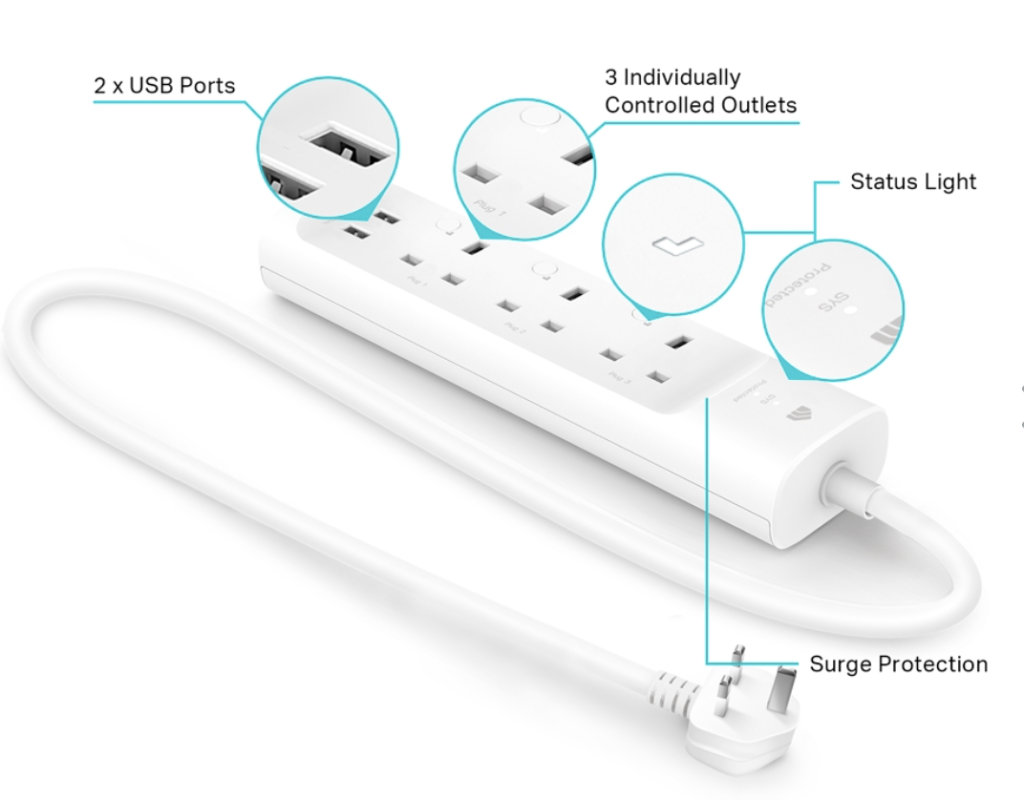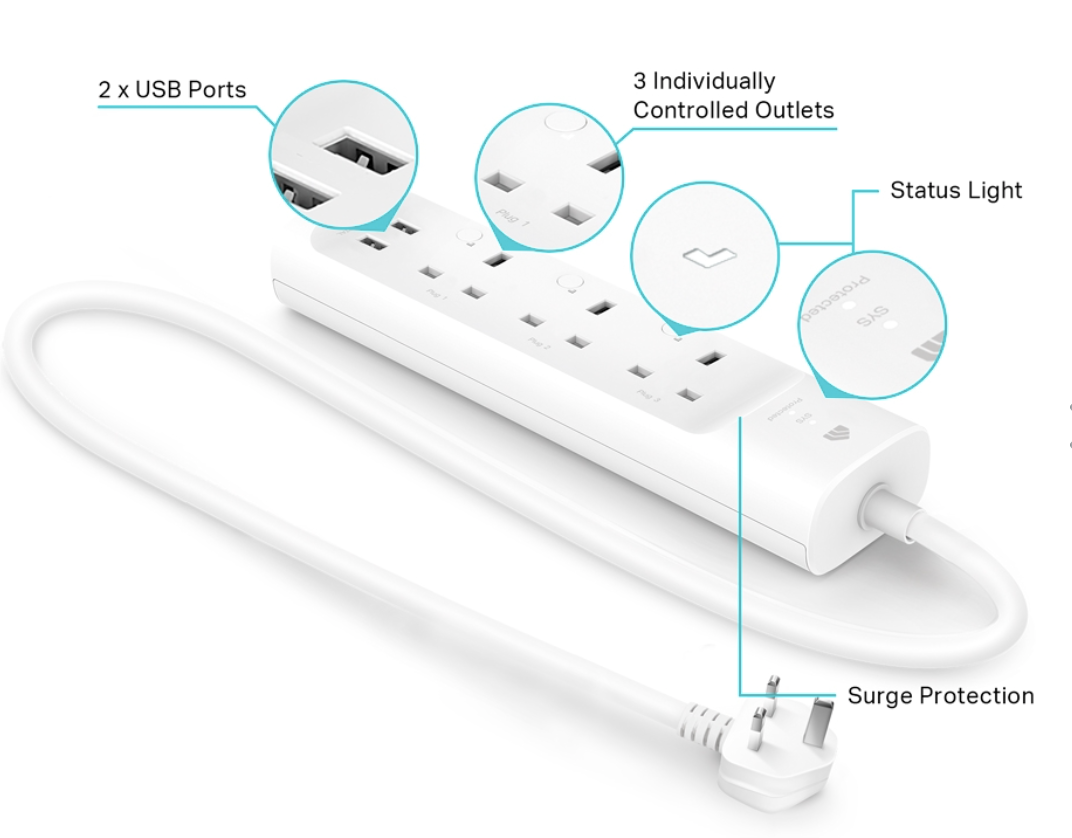
Managing smart plugs and surge protectors can be tricky. If you’re curious about whether Kasa plugs come with surge protection—or how to safely use one—here’s an overview.
Kasa smart plugs help automate your home, but they don’t typically include built-in surge protection. For higher-level safety, pair them with a certified surge protector. That way, your devices stay shielded against sudden voltage spikes. Monitoring proper usage is essential for maximizing both convenience and safety.
Let’s find out more.
Can I connect a surge protector to a smart plug?
Using a surge protector with your smart plug may seem helpful, but is it safe?
Generally, you can plug a surge protector into a smart plug as long as you respect the load limits. Check the wattage rating of your Kasa plug and ensure you’re not overloading the circuit. This combination can offer both automation benefits and an extra layer of electrical protection for your devices.

When I first started exploring Kasa plugs, I quickly realized that many people also want surge protection for peace of mind. The good news is that you can plug a surge protector into a Kasa plug—provided you observe the correct power limits. Let’s say your Kasa plug is rated up to 13 amps (or around 2990 watts at 230V in the EU). If your surge protector and the total device load remain under that threshold, you’re generally in the clear. Learn more about using Kasa plugs with surge protectors1.
Checking Load and Certification
- Load Calculation: Add up the wattage of every device you plan to plug into the surge protector. If you exceed the Kasa plug’s rating, you might cause overheating or automatic shutoff.
- Certified Products: Choose a surge protector that complies with CE or ICE standards, just like Howdy’s extension cords. Having the right paperwork is critical if you’re doing B2B wholesale in places like Germany, France, or Poland, where robust regulations apply. Explore certification requirements for surge protectors in Europe2.
Here’s a quick reference:
| Item | Wattage | OK to Use Together? |
|---|---|---|
| Phone Charger | 5–10W | Yes |
| Laptop Charger | 40–65W | Yes, if total remains low |
| Mini Fan | ~30W | Yes, watch totals |
| Space Heater | 1500W+ | Probably too high |
Practical Tips
- Watch for Heat: If the plug or surge protector becomes warm, reconsider how many devices you’ve connected.
- Placement: Keep them in a well-ventilated area, avoid covering them with rugs or furniture.
- Regional Standards: At Howdy (www.how-dy.com), we work with OEM and ODM clients worldwide, especially in Europe, where extension cords and surge protectors must meet ICE or CE standards to ensure safety and reliability. Read about best practices for surge protector safety.
Do Kasa plugs have surge protection?
Kasa smart plugs focus on automation and remote control, but what about electricity spikes?
Most Kasa plugs do not include built-in surge protection. They’re designed for convenience—scheduling, voice control, and energy monitoring—rather than acting as protective devices. If you want robust surge protection, pair your Kasa plug with a certified surge protector or power strip that meets quality standards.
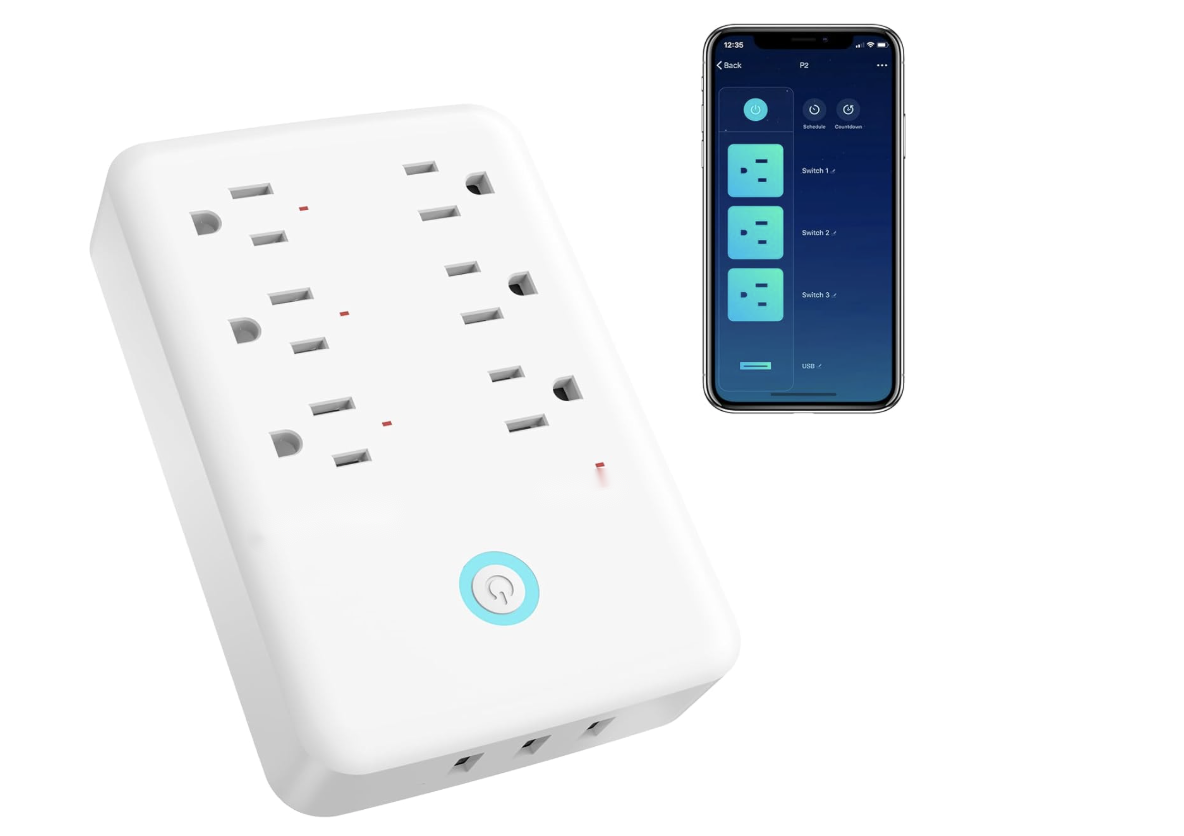
When I first got my hands on a Kasa plug, I was amazed by the scheduling features—turning lights on and off, controlling small appliances, and even setting up voice commands. However, I quickly noticed there was no mention of surge protection in the product specs. Kasa plugs primarily handle switching power on and off, measuring consumption, and offering remote access through apps. Learn more about how Kasa plugs work3.
Differences Between Smart Plug and Surge Protector
- Primary Purpose
- Smart Plug: Automation and remote control.
- Surge Protector: Voltage spike protection.
- Internal Hardware
- Smart Plug: Wi-Fi or other connectivity modules, relays for switching, minimal protective components.
- Surge Protector: Metal Oxide Varistors (MOVs) or Gas Discharge Tubes to absorb voltage surges.
| Feature | Kasa Plug | Surge Protector |
|---|---|---|
| Automation | Yes | No |
| Voltage Spike Handling | Minimal | High (Joule rating) |
| Remote Control | Yes (via app) | No (unless specially designed) |
| Overload Shutdown | Possibly, if in specs | Yes, dedicated circuit breaker |
Protecting Your Devices
If you’re worried about lightning storms or random power spikes, connect your Kasa plug into a surge-protected outlet or power strip. This setup gives you the convenience of smart control plus a robust safety net for your electronics. Discover how to safely pair Kasa plugs with surge protectors.
At Howdy, we often recommend clients in the DIY and supermarket sectors stock both Kasa-style smart plugs and surge-protected power strips. That way, consumers can combine them as needed for maximum peace of mind—particularly in high-risk areas prone to electrical fluctuations. For more tips, check out best practices for device safety with smart plugs4.
How to reset kasa surge protector?
Occasionally, your Kasa smart surge protector might need a reset to restore normal operation.
Resetting a Kasa surge protector typically involves pressing and holding the reset button for several seconds. This refreshes the device’s internal settings, clearing connectivity or minor software glitches. Always check the official Kasa documentation for model-specific instructions to avoid damaging your unit.
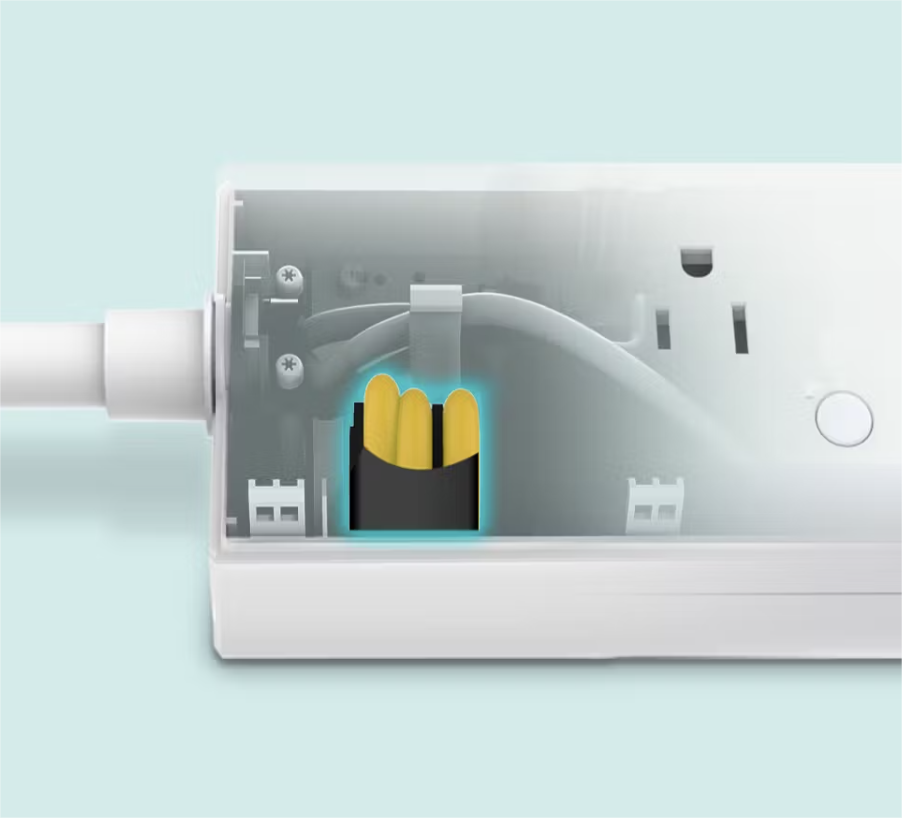
When a Kasa surge protector stops responding—maybe the app won’t recognize it, or the LEDs look frozen—a manual reset can usually fix things. But how do you do it the right way? Learn more about troubleshooting Kasa surge protectors5.
Common Reset Steps
- Locate the Reset Button: It’s often a small pinhole or recessed switch on the side or back of the device.
- Power Cycle: Unplug the surge protector from the wall for at least 10 seconds.
- Press and Hold: While plugging it back in, hold the reset button for 5–10 seconds until the indicator lights start flashing.
Below is a simple reference guide:
| Step | Action | Expected Outcome |
|---|---|---|
| Power Off | Unplug from the wall | All LEDs off |
| Press & Hold Reset | 5–10 seconds | LEDs flash; device reboots |
| Reconnect to App | Open Kasa app, follow on-screen instructions | Device re-syncs with your Wi-Fi network |
Precautions
- Back Up Settings: If you have custom schedules, note them down; a reset often clears all data.
- Firmware Updates: Outdated firmware can cause stability issues, so check the Kasa app for updates after the reset. Learn more about updating Kasa device firmware.
- Multiple Resets: Repeated resetting signals deeper hardware or compatibility problems. In such cases, contact the manufacturer or your retailer for advice. Find tips on when to replace or service a surge protector6.
At Howdy (www.how-dy.com), we provide B2B solutions for power management, including OEM or ODM surge protectors. We always encourage users to refer to official instructions for each product, ensuring they follow brand-specific guidelines without voiding warranties.
Can Kasa smart plugs be used outside?
Wondering if your Kasa plug can handle the elements?
Standard Kasa smart plugs are designed for indoor use only, as they typically aren’t weatherproof. If you want outdoor functionality, look for Kasa’s dedicated outdoor models with an IP64 or similar weather-resistant rating. That way, you won’t risk water damage or electrical shorts.
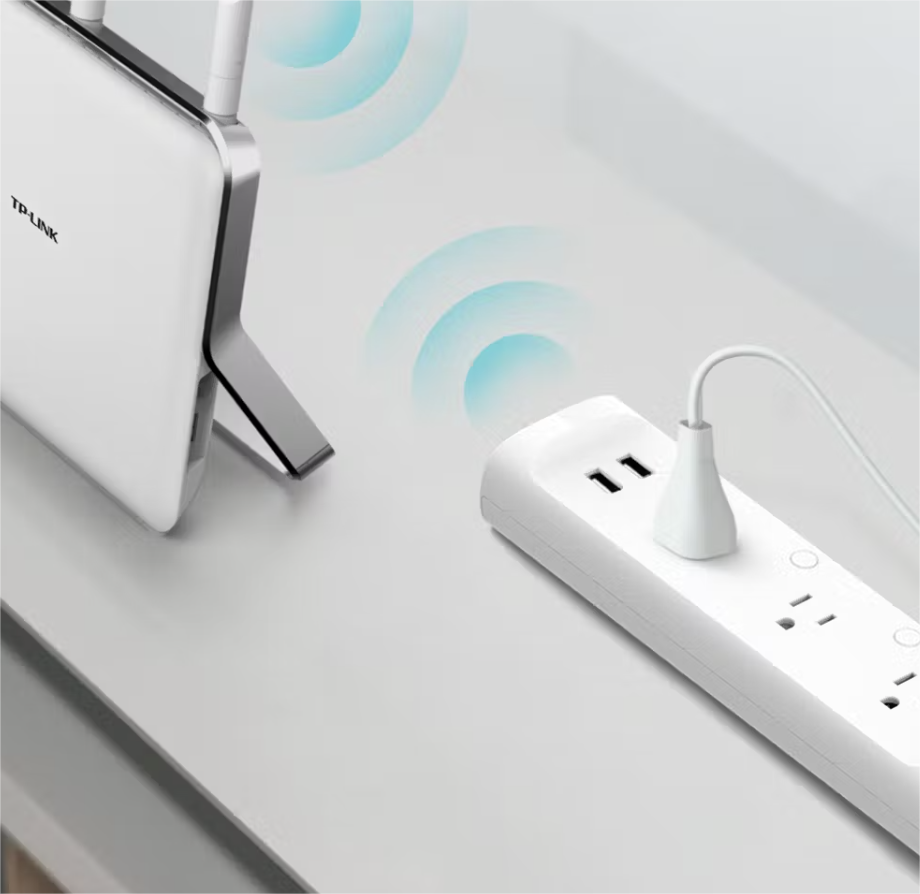
A few summers ago, I thought about using my indoor Kasa plug to control fairy lights on my patio. After reading the product manual, I realized that exposure to rain or extreme humidity could pose risks—not only to the device’s electronics but also to personal safety. Learn more about safe usage of smart plugs outdoors7.
Indoor vs. Outdoor Rating
- Indoor Kasa Plugs: Generally rated for dry environments, they lack robust sealing against moisture or dust.
- Outdoor Models: Include weather-resistant housings, rubber seals, and sometimes protective covers over outlets.
| Product Type | Protection Level | Suitable Environment |
|---|---|---|
| Indoor Kasa Plug | None to minimal IP rating | Dry, temperature-controlled areas |
| Outdoor Kasa Plug | IP64 or higher | Patios, gardens, or well-covered areas |
Best Practices
If you’re determined to run a Kasa plug outside, at least place it in a protective enclosure or under a covered patio. However, this is only a short-term workaround. Long-term exposure to the elements, especially in rainy regions like parts of Germany or the UK, can damage internal circuits. For detailed advice, check out how to protect smart plugs from the elements8.
Alternative Options
At Howdy, we advise clients looking for outdoor solutions to consider IP-rated smart plugs specifically made for harsh conditions. This way, you avoid voiding warranties or risking electrical hazards. If you can’t find a Kasa-branded outdoor version, consider third-party options that integrate with the same app or a universal platform like Google Home or Alexa. Find recommended outdoor smart plugs that work seamlessly with popular ecosystems.
Conclusion
Kasa smart plugs offer remote control and scheduling perks, but they aren’t built for high-level surge protection or harsh outdoor settings. For robust electrical safety, pair them with dedicated surge protectors and confirm product ratings. That way, you’ll keep your devices—and home—well-protected.
-
This link helps readers understand how to safely integrate Kasa plugs with surge protectors while staying within power thresholds. ↩
-
This link explores the importance of CE and ICE certifications and how they ensure product safety in European markets. ↩
-
This link provides an overview of the main features and technical specifications of Kasa plugs for new users. ↩
-
This link provides advice on combining smart plugs with surge protection and avoiding common electrical risks. ↩
-
This link will provide a comprehensive guide to identifying and fixing common issues with Kasa surge protectors. ↩
-
This link helps users determine when a surge protector has reached the end of its lifecycle or requires professional attention. ↩
-
This link explains the limitations of indoor plugs and why they are unsuitable for outdoor environments. ↩
-
This link provides tips for short-term use of indoor plugs outdoors and advice on protective measures. ↩

